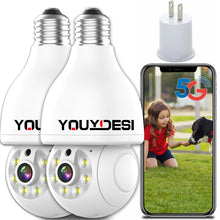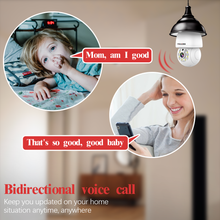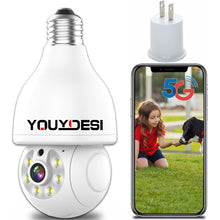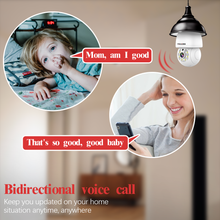Firmware and Software Updates: It's important to regularly check and update the firmware and software of your surveillance equipment. Manufacturers often release updates that address vulnerabilities, enhance performance, and introduce new features. This applies to various devices, including wireless cameras and smart security cameras.
Power Supply and Cable Inspection: Routine inspections of power adapters, batteries, and cables are essential to ensure a stable power supply. This practice helps prevent device malfunctions due to power-related problems, which is crucial for devices like light bulb cameras.
Network Connection and Bandwidth Optimization: Regularly check the network connections of your surveillance equipment to ensure network stability and adequate bandwidth. A strong network connection is critical for tasks such as remote access and data transmission, especially for wireless surveillance cameras.
Storage Management: Ensure that your surveillance devices maintain sufficient storage space. Regularly clear out old recording files or consider utilizing cloud storage to expand storage capacity. This is especially relevant for devices like security cameras.
Temperature and Environmental Monitoring: Consistently monitor the temperature and environmental conditions in which your devices operate. Ensure that they remain within the suitable temperature range to prevent overheating or excessive cold. This is particularly important for outdoor surveillance cameras.
Device Calibration and Verification: For certain high-precision surveillance devices, regular calibration and verification are necessary to ensure accurate and reliable measurements. This applies to devices such as smart security cameras.
Backup and Recovery Strategies: Establish comprehensive backup and recovery strategies to protect device configurations and data, guarding against data loss. This is valuable for various surveillance equipment, including outdoor security cameras.
Logging and Troubleshooting: Periodically review the logs of your devices to promptly identify and address potential issues. This ensures stable device operation and is particularly vital for maintaining the functionality of surveillance equipment.
Personnel Training and Maintenance Manuals: Provide training for personnel responsible for the operation and maintenance of your surveillance devices. Develop maintenance manuals and standard operating procedures to efficiently address common problems and troubleshooting. This is applicable across all types of surveillance cameras and devices.
Through regular maintenance and inspections, you can ensure that your surveillance equipment consistently operates at its best, enhancing its reliability and stability to better meet your monitoring needs.










